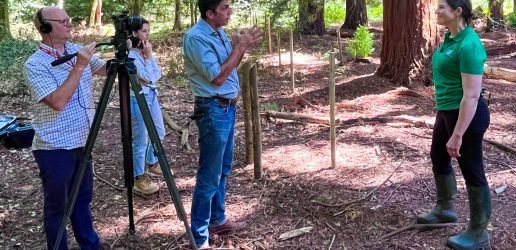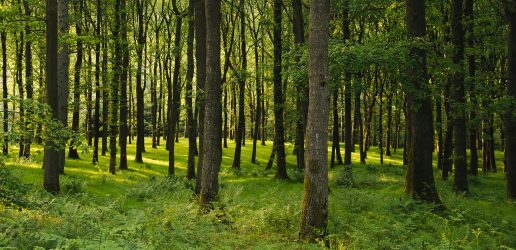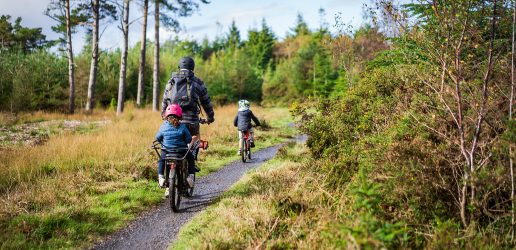
Forest Research’s online TreeAlert system, via their Tree Health Diagnostic and Advisory Service (THDAS), has received a record number of pest and disease enquiries over the past year (April 2020 to 31 March 2021), it was announced today (30 July).
As people spent more time in nature, the service received its highest number of enquiries since it was relaunched in 2014. The service is crucial in the early identification of new pests and diseases, and is used to help enable their control and track the spread of emerging problems.
Tree health enquiries in the past year concerned a wide range of species and mostly broadleaf trees. The most common tree species was oak, followed by ash and sweet chestnut.
The most commonly reported diseases include:
Members of the public, conservation groups and tree and forest practitioners are encouraged to report pest and diseases to TreeAlert.
Tracking the spread of new and emerging pests and diseases is a core part of Forest Research’s work. Other pests and diseases to look out for include:
More information on common enquiries and emerging issues reported to THDAS in 2020.

Dr Gail Atkinson was interviewed by the BBC’s Climate Editor, Justin Rowlatt, as part of a news item on climate change and the launch of latest Met Office State of the UK Climate Report.

The British Woodlands Survey, 2025, which focuses on resilience launches.

Forest Research has released the results of the Public Opinion of Forestry Survey 2025 for England and the UK, Scotland and Wales.

Dr Gail Atkinson was interviewed by the BBC’s Climate Editor, Justin Rowlatt, as part of a news item on climate change and the launch of latest Met Office State of the UK Climate Report.

The British Woodlands Survey, 2025, which focuses on resilience launches.

Forest Research has released the results of the Public Opinion of Forestry Survey 2025 for England and the UK, Scotland and Wales.